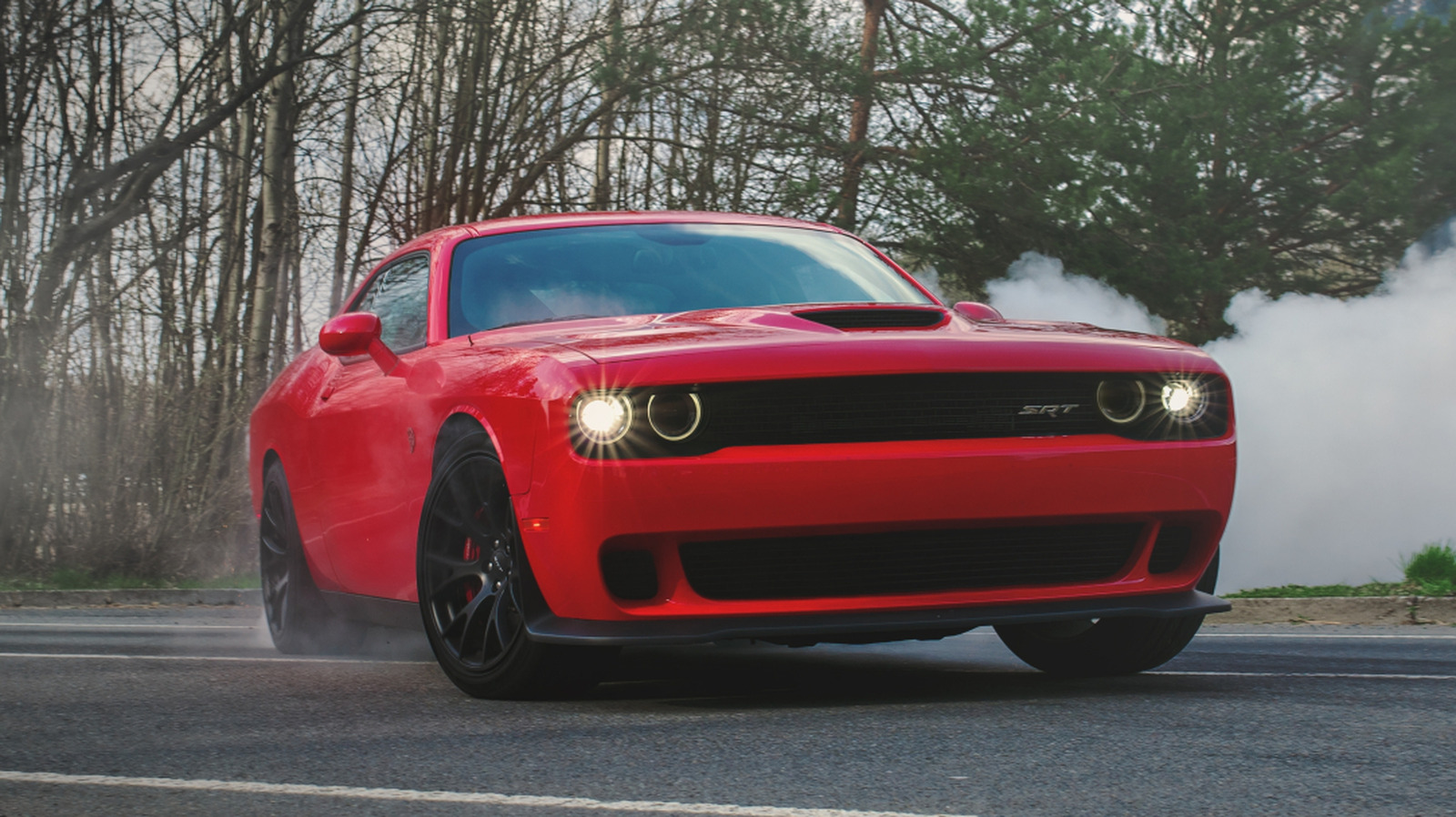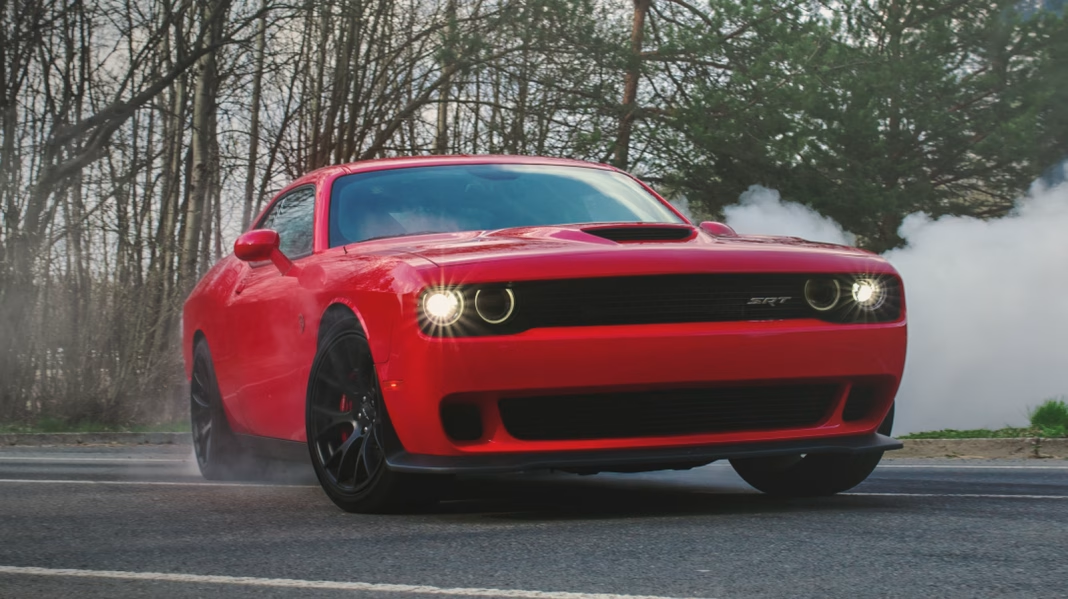Why Do So Many Car Makers Use DOHC Engines, and What’s the Big Deal?
If you’ve ever peeked under the hood of a modern sports car, you’ve probably heard the term DOHC tossed around. It stands for Dual Overhead Camshaft, and it’s become the gold standard for high-performance engines. Why? Because DOHC setups allow for more precise control over valve timing, which means better airflow, higher RPMs, and—let’s be honest—more bragging rights at the track.
Most manufacturers chasing horsepower have jumped on the DOHC bandwagon. According to a 2023 report from SAE International, over 80% of new performance vehicles now use some form of overhead cam design. The logic is simple: more valves, more revs, more power. It’s a recipe that’s hard to argue with, especially when you look at the numbers coming out of European and Japanese automakers.
But if DOHC is so great, why hasn’t everyone made the switch?
Why Did Dodge Stick With Pushrods in Its V8 Engines?
Here’s where Dodge throws a wrench in the works—literally. While rivals like Ford and Chevrolet have embraced DOHC tech in their flagship V8s, Dodge has stubbornly clung to the classic pushrod (or OHV, Overhead Valve) design for its HEMI engines. It’s not just nostalgia or stubbornness, either.
Pushrod engines are compact. That means they fit into tighter engine bays and leave more room for forced induction (think superchargers). They’re also lighter, which helps with weight distribution—a big deal in muscle cars that already have plenty of heft up front. And let’s not forget torque. Pushrod V8s are famous for their low-end grunt, delivering that signature neck-snapping acceleration Dodge fans love.
There’s also a cost angle. Pushrod engines are simpler, with fewer moving parts. That translates to lower manufacturing costs and, often, easier maintenance. For a brand that built its reputation on affordable, accessible muscle, that’s a big plus.
Does Sticking With Pushrods Mean Sacrificing Performance?
Not necessarily. Dodge’s modern HEMI V8s have proven they can hang with the best of them, even with “old-school” pushrod architecture. The 6.2-liter supercharged HEMI in the Challenger Hellcat, for example, cranks out over 700 horsepower—enough to embarrass plenty of DOHC rivals.
How? It comes down to clever engineering. Dodge has invested heavily in improving airflow, combustion efficiency, and durability. Features like variable valve timing and advanced fuel injection help bridge the gap between old and new tech. The result? Engines that deliver massive power without needing to spin to the stratosphere.
What About Reliability and Maintenance?
Here’s where pushrods really shine. With fewer cams, chains, and moving parts up top, there’s less to go wrong. That’s one reason why old-school V8s are legendary for racking up hundreds of thousands of miles with basic care. For enthusiasts who like to wrench on their own cars—or just want peace of mind—simplicity is a big selling point.
A 2022 survey by J.D. Power found that owners of pushrod V8s reported fewer major engine issues over five years compared to some DOHC-equipped competitors. That’s not to say DOHC engines are unreliable, but the pushrod’s straightforward design has its perks.
Are There Downsides to the Pushrod Approach?
Of course, nothing’s perfect. Pushrod engines generally can’t rev as high as their DOHC counterparts, which can limit peak horsepower and efficiency at the very top end. They also tend to have fewer valves per cylinder, which can restrict airflow compared to multi-valve DOHC designs.
Emissions and fuel economy can be tougher to optimize, too. That’s one reason why you see more DOHC engines in vehicles that need to meet stricter global standards. But for Dodge’s core market—drivers who crave raw, tire-shredding power—these trade-offs are often worth it.
Will Dodge Ever Switch to DOHC V8s?
Never say never, especially with tightening emissions rules and the industry’s shift toward electrification. But for now, Dodge seems content to play to its strengths. The company’s engineers have shown they can squeeze jaw-dropping performance out of pushrod V8s, and their loyal fanbase wouldn’t have it any other way.
That said, Dodge has started to experiment with new engine tech in other models, and the writing’s on the wall as electrification ramps up. Still, the pushrod V8’s legacy is secure, at least for the time being.
What’s the Real Reason Dodge Didn’t Ditch Pushrods?
It comes down to identity. Dodge isn’t just building engines—they’re building an experience. The rumble, the torque, the feel of a classic American V8 is baked into the brand’s DNA. By sticking with pushrods, Dodge delivers a driving experience that’s hard to replicate with modern tech, no matter how advanced.
The big takeaway? Engine design isn’t about perfection—it’s about smarter adjustments. Start with one change this week, and you’ll likely spot the difference by month’s end. Whether you’re a die-hard muscle car fan or just curious about what makes these engines tick, understanding the why behind Dodge’s choices gives you a deeper appreciation for the art—and science—under the hood.


